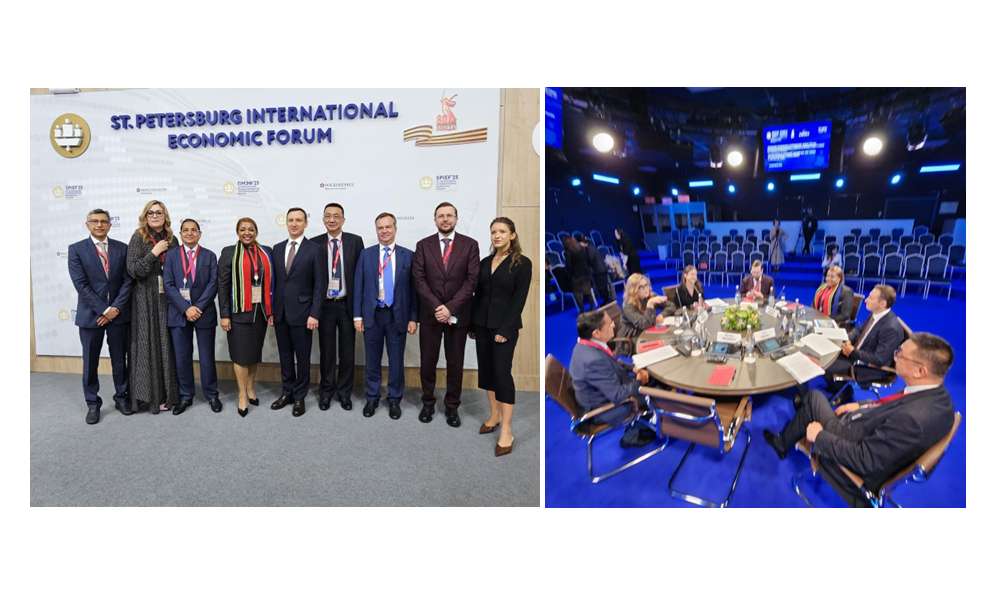
At the 28th St. Petersburg International Economic Forum (SPIEF) held on June 19 in Russia, the Gem & Jewellery Export Promotion Council (GJEPC) strongly emphasized the importance of sustainability and international collaboration in the diamond industry. Representing India at the event were GJEPC Chairman Mr. Kirit Bhansali and Diamond Panel Convener Mr. Ajesh Mehta.
The GJEPC team held discussions with Mr. Pavel Marinychev, CEO of ALROSA, to explore stronger ties and cooperation between the Indian and Russian diamond sectors.
Mr. Bhansali participated in a key roundtable titled “The Evolution of Conscious Consumption: Emerging Trends in the Global Diamond Market,” where discussions focused on ethical sourcing, carbon neutrality, and future industry trends.
Commending ALROSA on achieving carbon neutrality certification for its rough diamonds from TUV AUSTRIA, Mr. Bhansali noted, “This milestone reflects a commendable commitment to sustainability and environmental responsibility.”
He spotlighted India’s dual role as a diamond manufacturing hub and a growing consumer market, stating, “India’s diamond and jewellery consumption currently totals $85 billion, with $8.5 billion attributed to diamonds alone. This is projected to rise to over $17 billion by 2030, positioning India as a key diamond jewellery consumer.”
Mr. Bhansali highlighted changing consumer behavior, especially among millennials and Gen Z, who demand greater transparency and accountability. “Framing natural diamonds as carbon-conscious luxury—emphasizing their ability to capture carbon—will help set them apart from lab-grown alternatives and boost demand,” he said.
He further emphasized the social and economic impact of the diamond industry in India, which supports over a million jobs and contributes significantly to exports. “These positive outcomes are an integral part of the sustainability narrative,” he added.
On marketing, Mr. Bhansali underscored GJEPC’s ongoing commitment to promoting natural diamonds. “Industry campaigns must communicate the positive environmental and social contributions of diamonds,” he urged.
Concluding his remarks, Mr. Bhansali proposed a new perspective: “Traditionally, a diamond’s value has been defined by the 4 Cs—Cut, Clarity, Colour, and Carat. But now, a fifth C is emerging: ‘Carbon Neutral’. Sustainability is becoming a vital benchmark of value. Perhaps it’s time the world embraces ‘Carbon Neutral’ as the new C in diamonds.”
